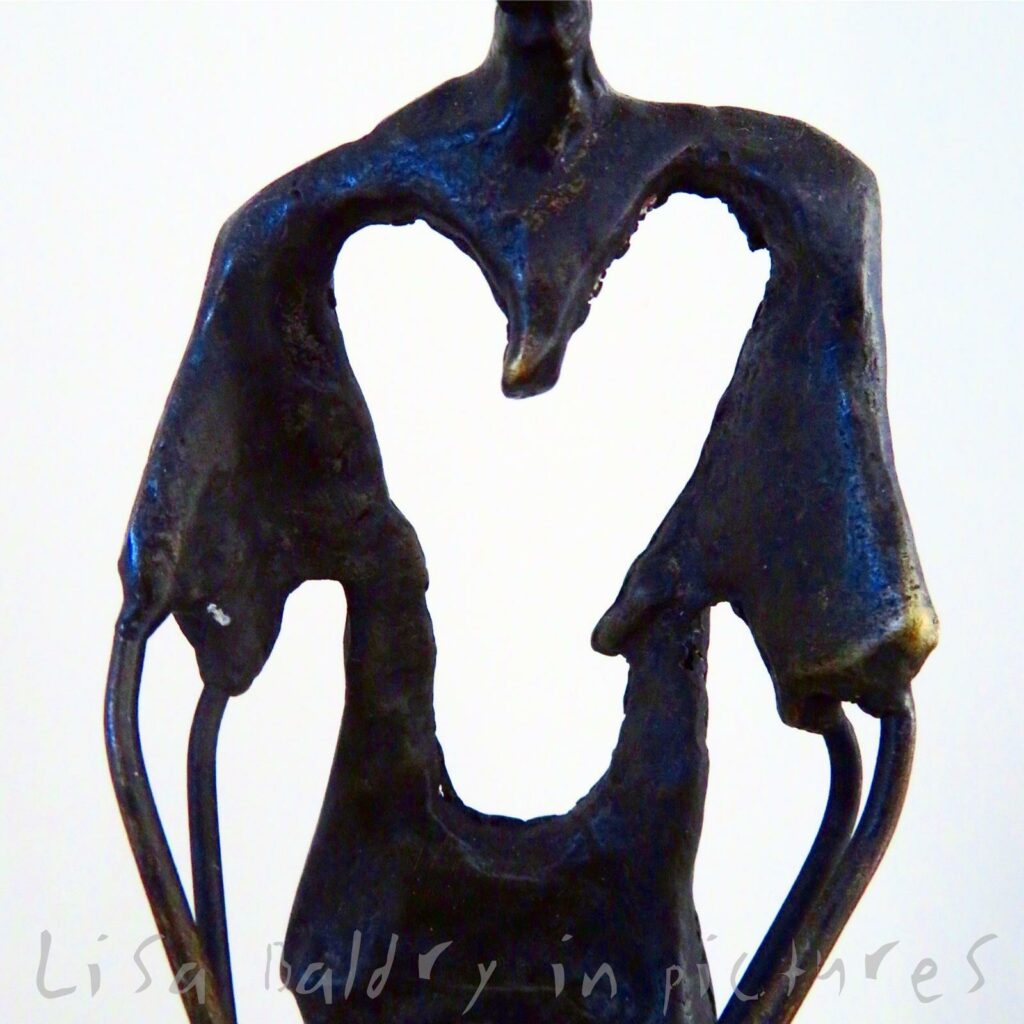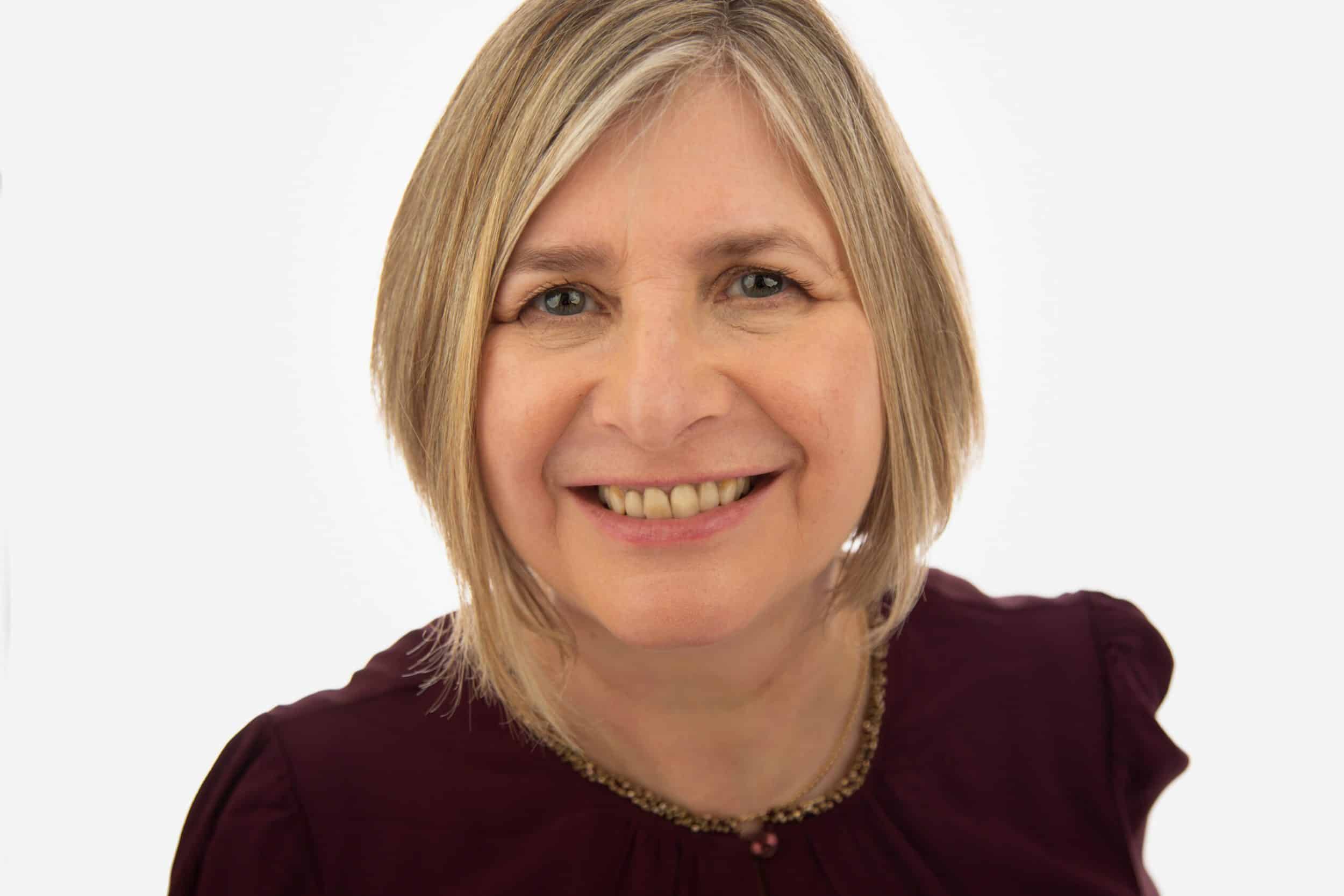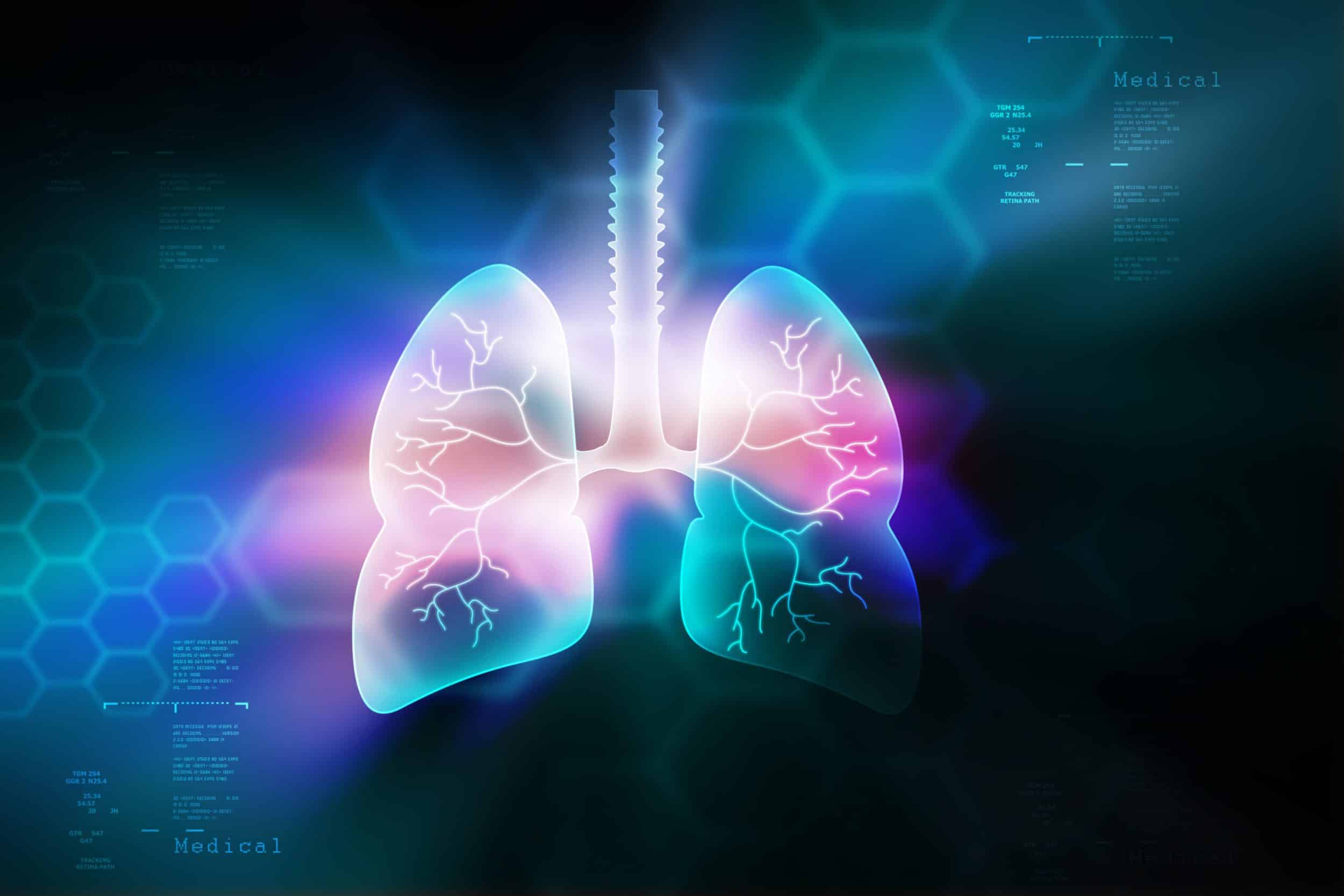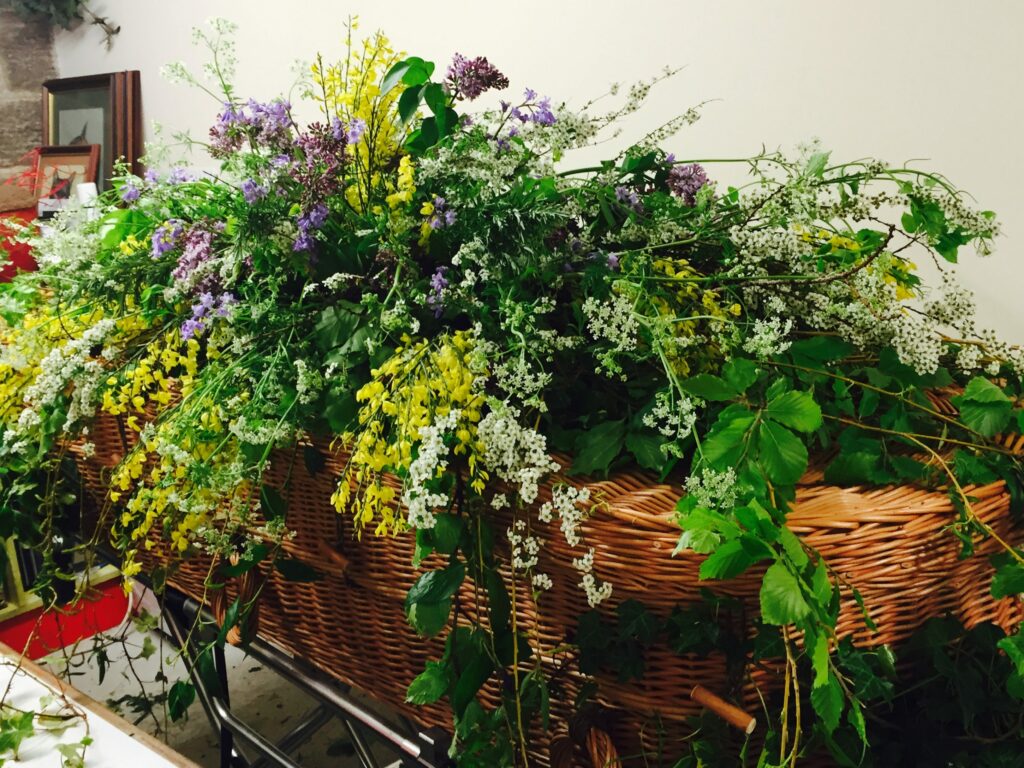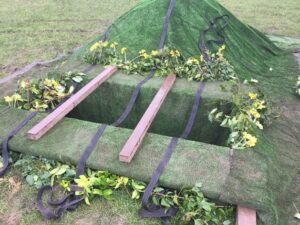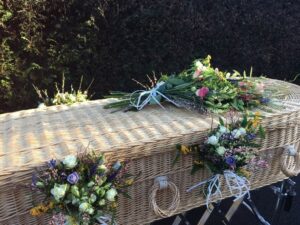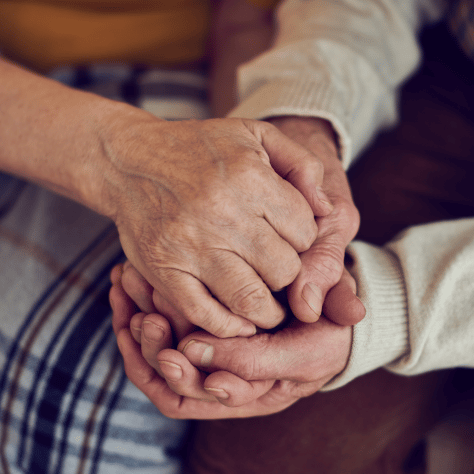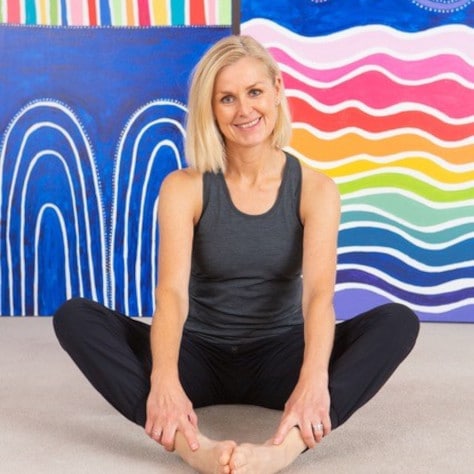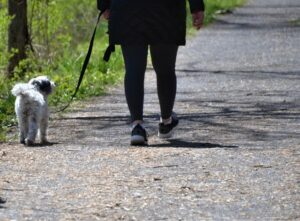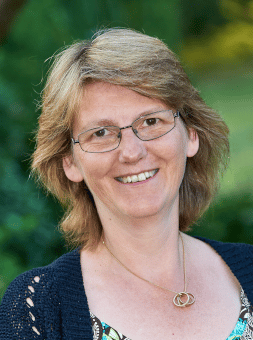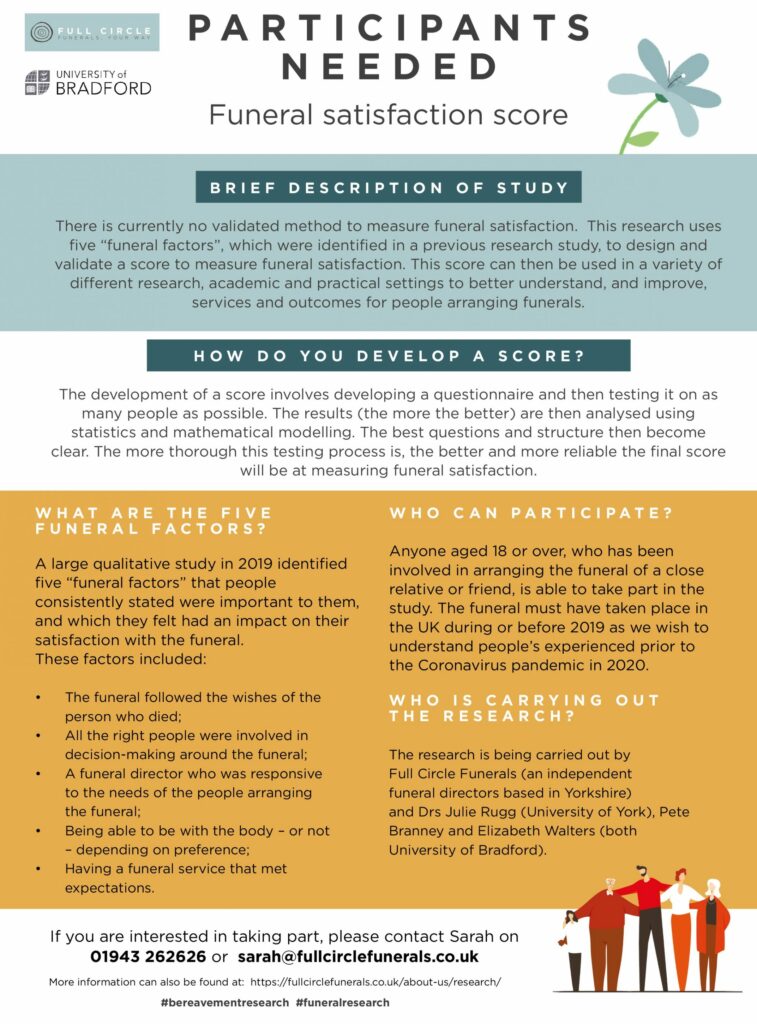

Creative activities can be immensely helpful after any major changes in our lives, including bereavement. Being creative is mindful, absorbing and allows the unconscious release of emotions and feelings without the need to find the right words.
Grief is different for everyone
Grief isn’t just associated with death. We can also find ourselves overwhelmed by feelings of loss when important relationships end, if we move somewhere new and after a change in career or financial circumstances. Simply growing older brings change, loss and new adventures.
The complex emotions involved can take us by surprise and everyone’s experience is very individual. Some people find it helpful to express how they are feeling in groups or one-to-one, whereas others prefer to grieve privately.
Art after loss
The world’s most famous painters have created masterpieces after loss, although the benefits of artistic expression can be felt by anyone, not just those who already consider themselves to be artists. Creating and viewing art has helped lots of people acknowledge and cope with their feelings and the ‘art’ can take many forms – painting, sketching, printing, sculpting, mosaicking, collaging, photography, sewing and writing, for example.
Art helps us reflect on and express grief. It can also promote positive thoughts. Creating art can help people to relax and be present in the moment, instead of dwelling on what has already happened or worrying about what might happen next.

Using art to support wellbeing
Art to support wellbeing after loss is not just for people who consider themselves to be creative or artistic. It is for anyone who thinks it might be helpful to create something. Whether the creation is technically sophisticated or basic, it doesn’t matter. If possible, quality assessments such as these should be thrown to the wind.
Using creativity is accessible to us all, whether we are professionals, regular creators, or complete amateurs with no experience at all. Often children, with their natural openness can show us how to use art to explore some of our more challenging feelings and express the unspeakable.
All you need to get started is a quiet place and time to reflect. If you have paints or a pencil and paper to hand, keep them close and see what happens. Your artistic activity may be as simple as going into the garden and picking flowers to arrange in a vase or gathering scraps of material to create a collage. You might be inspired to write a poem or song. Our creative responses are as unique as our experiences of loss and there is no right or wrong way to use art to support your wellbeing.

Full Circle’s virtual gallery
Many people that we have supported have told us about the art they have created and how this has helped them. Some of them have even shared their art with us, which has been a great privilege.
With this in mind, we have created this online art gallery to celebrate and share some of the beautiful and meaningful ways that people have used art to help them after a loss or bereavement. We hope that this provides a platform for people to share their art, and that it may inspire others to use art to support them after loss or bereavement.
Our virtual art gallery is an open and welcome space and if you would like to contribute something to be safely shared with others then please don’t hesitate to get in touch. If you would be happy to share some information about the loss that inspired the creation, or about the artwork itself then that would be really helpful.
Please take the opportunity to look at the gallery, even if you choose not to take a contribution. If you have any questions or would like any support then please don’t hesitate to get in touch.
